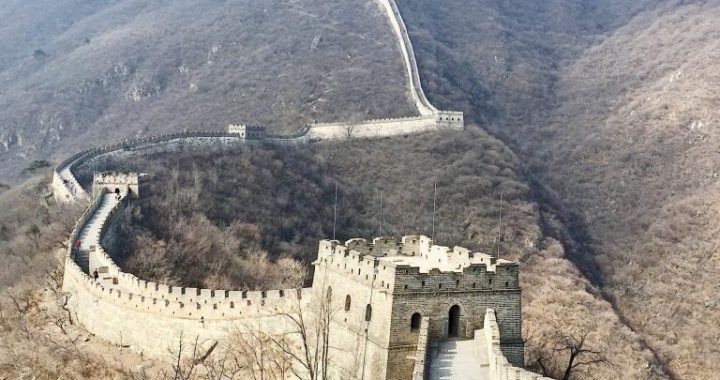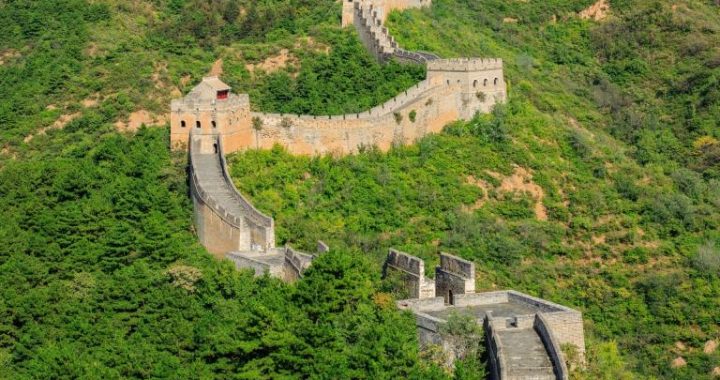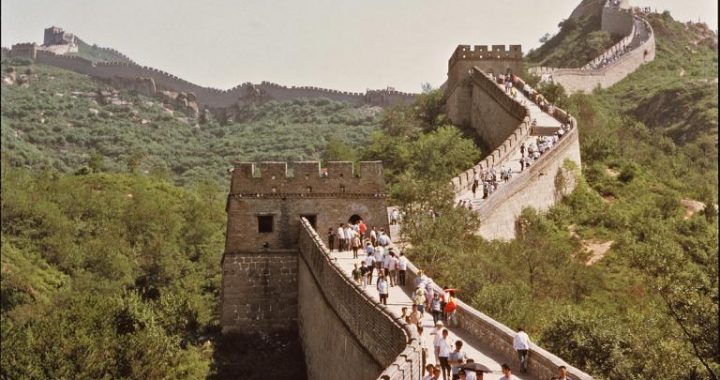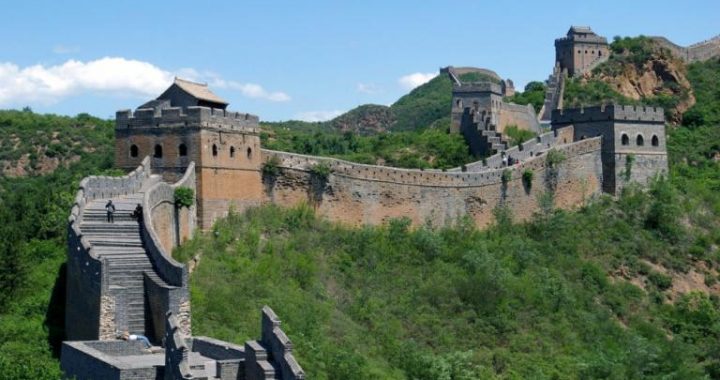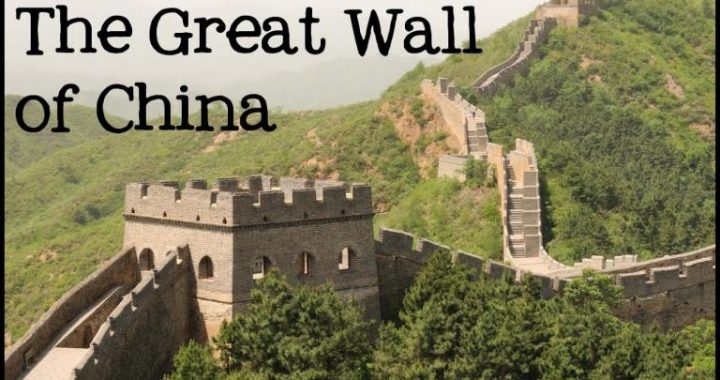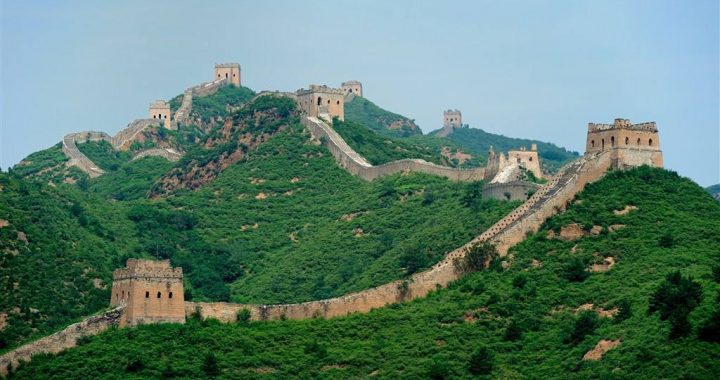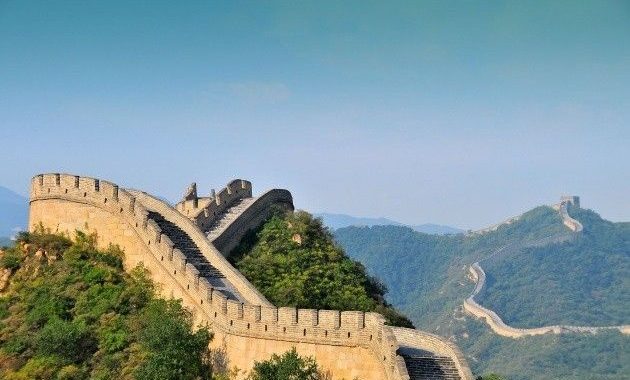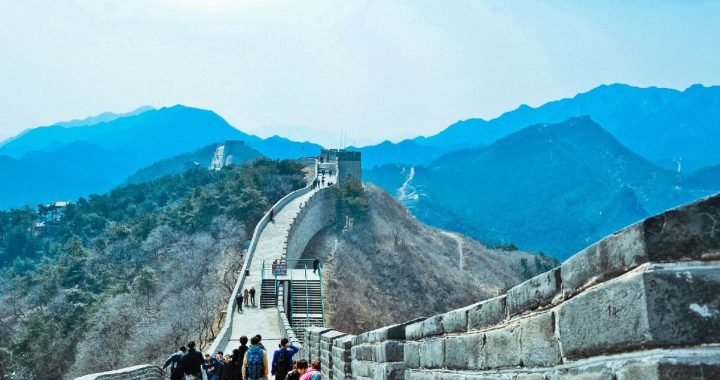Approaching the Jin Great Wall
3 min readThe Jin Great Wall was of a unique style and large scale,which was the third“ten-thousand-li Great Wall”after the Qin Shihuang Great Wall and the Western Han Great Wall.And it was usually called“Jin Border Moat”or“Jin Border Fortress”.
At the end of the 1lth century,the Wanyan tribe of the Nuchen people rising from the northeast of China began to be much stronger,and established the association of the tribes.In 1115,the leader of Wanyan tribe,Akutta,established the dynasty of Jin.In 1125 the intrepid Jin troops overthrew the Liao dynasty(907-1125)at last.However,since 1121,the Mongolia rose and sent troops to invade the Jin dynasty(1115-1234)for many times.The Jin government had to organize to build the fortifications so as to defend against the invasion of the Mongolian troops.The project was started in 1138,and was finished in 1198,lasting 60 years.The Jin Great Wall started from Hulunbei’er League in the east and reached Daqing Mountain in the west,with a total length of over 5,000 kilometers.Situated in Inner Mongolia Autonomous Region and Heilongjiang province,this Jin Great Wall was the ancient fortification that only next to the“ten-thousand-li Great Wall”.
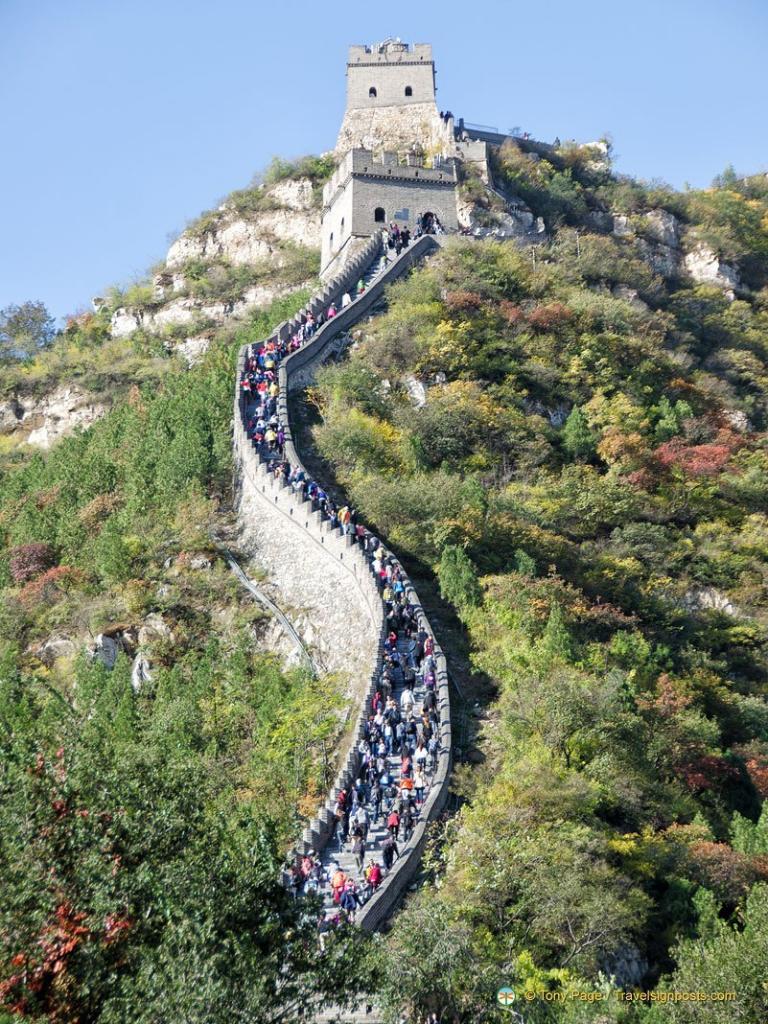
The defense system of the Jin Great Wall was constituted of the great wall and forts.The main structure of the Jin Great Wall was a moat dug to prevent the war horses from running over,and on the inner side of the moat a long wall was built.Forts and passes were the places where the garrison troops stationed.In terms of the difference of forms and geographical positions,it can be divided into three kinds,garrison posts,fortresses and passes.TheJin Great Wall was a defense system that was suitable for the prairie kind of topography and relief,for example it combined the wall with the moat which was mainly designed to defend cavalries,and the deployment of main and auxiliary walls,garrison posts and the beacon towers also was more reasonable.There are still hundreds of kilometers of Jin Great Wall left,traversing the vast prairie and extending to the depth.
Qiqiha’ er section Great Wall was the earliest section among the Jin Great Wall. On its high and intact main walls, there are watchtowers and galloping path, on which the horses and chariots could pass, and out of the wall there is a moat to protect the main wall. Out of the main walls there usually are the disconnected second or eventhird wall and moat to strengthen the defense function.
And garrison fortresses where the garrison troops stationed were located inside the wall. The section of Jin Great Wall in Zhalantun city had a total length of over 140 kilometers, which was all of single wall and single moat, but most part of the wall has been buried in the sand and grass. The sites usually had a height of 2 meters, with 8 meters at most, and about 15-20 meters out of the wall there is a moat, which is 2-6 meters wide and 3-4 meters deep. Inside the wall there are square garrison fortresses built by stamping the rammed earth, about 180 meters in the length of the four sides, and they were built in every 10 kilometers or so. In the past it was called Taizhou Border Moat or Changchun Border Fortress, and Chenghis Khan Border Wall as well by some historical literatures.

